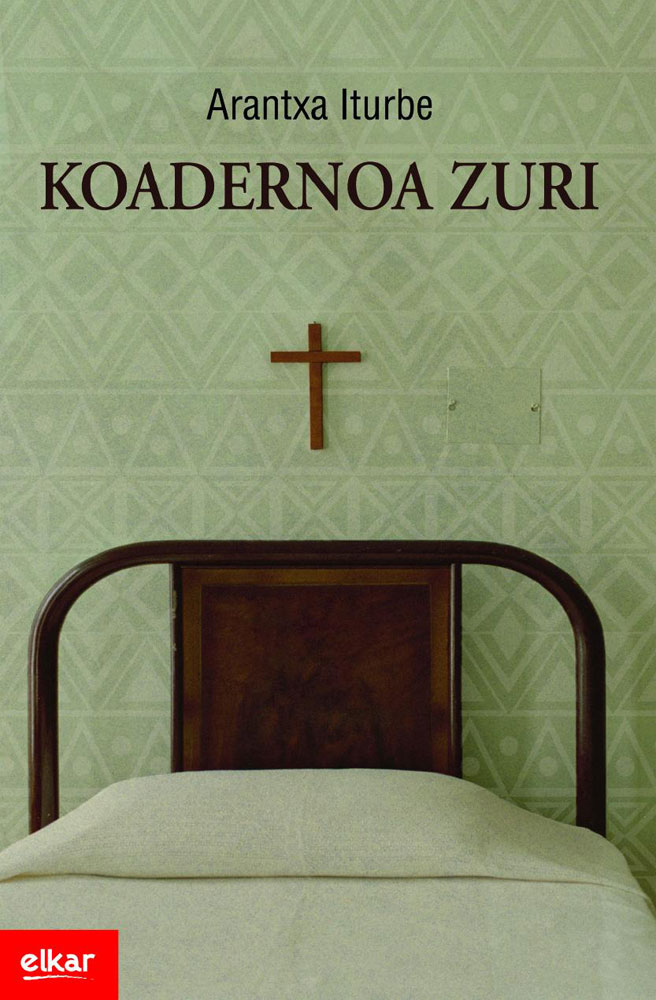

I would say that the Basque theatre is in full shape in recent times. It is to be welcomed that the play Francoren bilobari gutuna has been staged on the basis of the collaboration of some. Or, for example, continue to work on experimentation, for breeding of the Mr. Mrs. and Miss Kabaret type. It is also worth mentioning the editorial service that EHAZE has just launched: the Arrastoak theater play, which has seen the light in book format, as well as script, includes photographs and notes for dramaturgy.
The narrative is the protagonist of Basque literature, both in writing and in publications and in reading. Poetry has its audience, which, although small, is faithful. Theatre… Who reads theatre? Isn't it to see and hear the theater? The fact is that they have already started publishing more books than usual and we very much liked this small change of trend. Some theatre creators have begun to publish the text after the staging as the last step of this play: Bees, topos, crows or blank notebook, contrary to what has traditionally been done.
Two sisters are the protagonists of the original play that has become a narrative. Reading the adaptation made by Arantxa Iturbe it would be advisable to see also the play that these days is being represented with the same title at different points in the Basque Country. Begoña, who has disappeared for 20 years, will meet with her older sister Arrate, with her memories of childhood and youth, and with her mother’s long shadow.
The acts and appearances have been converted into chapters, but the titles of the chapters, the narrative of the narrator and the dialogue between the characters help us to imagine the actions. Darkness, coldness, fragility, pain, fear, silence, indignation and sadness face these pages with dreams, words, love, friendship, solidarity, joy, freedom and complicity.
Listening to Arantxa Iturbe's voice on the radio or reading his texts is always a pleasure. I would like to read other unpublished plays he has written with Agurtzane Intxaurraga and all that are to come.
This work reminds me of the rewriting of Milia Lasturko by Itxaro Borda, by his eco The house of Bernarda Alba, and I invite you to read (and see) in the text Milia Lastur on the road the rewriting, adaptation or updating of Bernarda Alba made by Arantxa Iturbe.